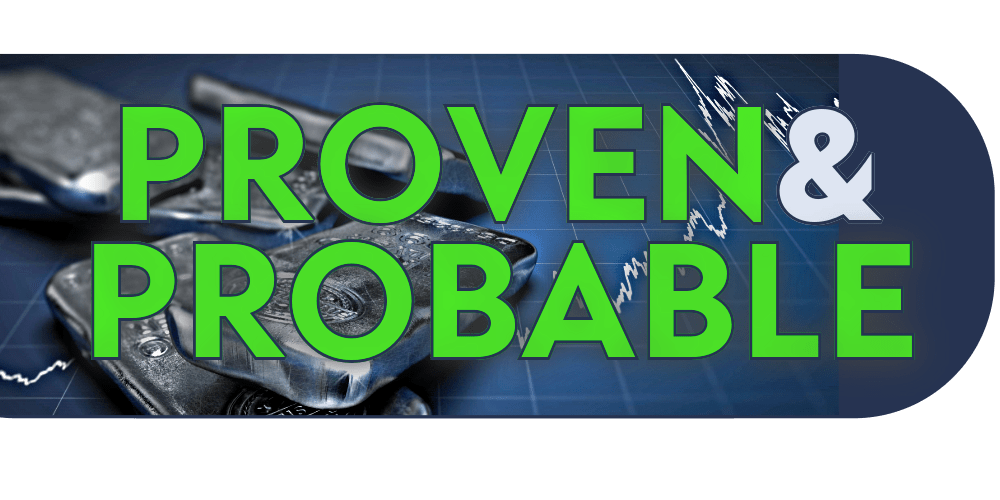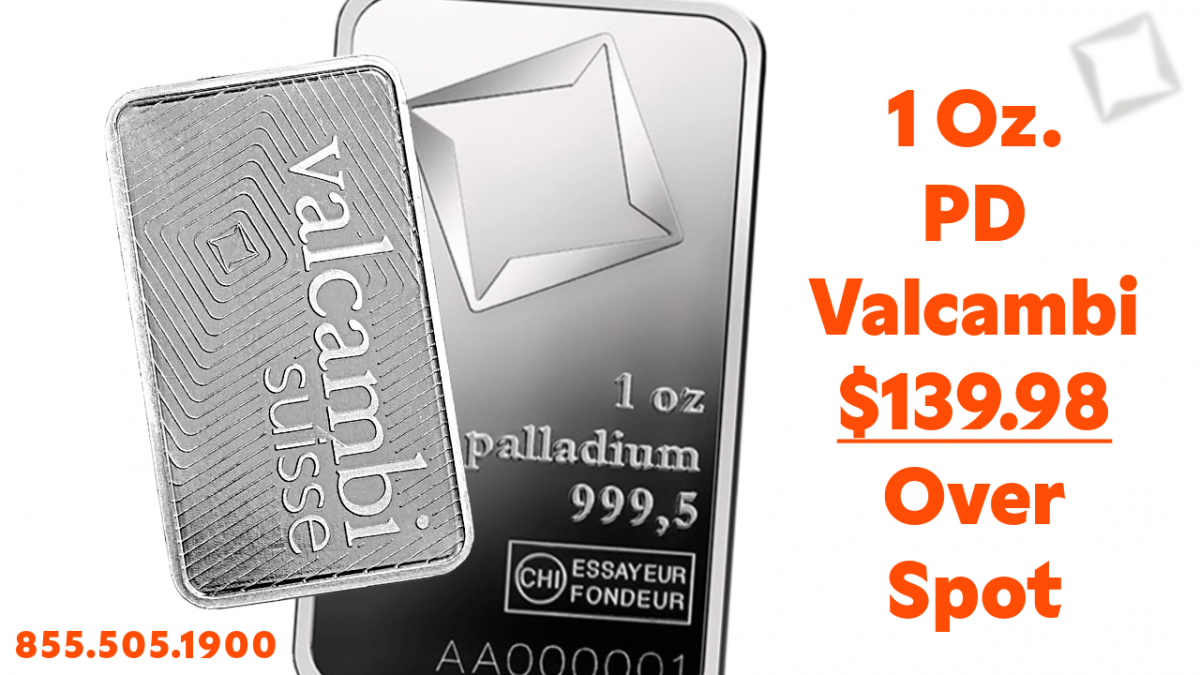T
oronto, Ontario–(Newsfile Corp. – December 6, 2018) – U3O8 Corp. (TSX: UWE) (OTCQB: UWEFF) (“U3O8 Corp.” or the “Company“) is pleased to report initial results of test work on the extraction of uranium and vanadium from almost a metric tonne of mineralized gravel from the wholly-owned Laguna Salada deposit in Argentina.
The test work has been designed, and results monitored, by Mr. David Marsh, director of U3O8 Corp. whom, as former General Manager – Technical Project Development at Paladin Energy, was intimately involved in the design, construction and operation of two uranium production plants in Africa. This work represents a complete overhaul of the preliminary economic assessment (“PEA”) carried out by Tenova Mining and Minerals (Australia) Pty Ltd. in 2014. Mr. Marsh, with his vast practical experience, reviewed the PEA and felt that there was room for improvement and simplification of the flowsheet and processing plant design, resulting in potential to reduce estimated capital costs (“capex”) and operating costs (“opex”).
David Marsh commented, “I am delighted with the initial results from our test work on Laguna Salada gravel. The work program was designed to test ways of reducing estimated production costs by simplifying the former PEA process flow sheet. Our first step was to optimize the washing of the fine, uranium-vanadium – bearing material off the barren pebbles. The test results show that “scrubbing” the gravel for 5 minutes produces similar results as scrubbing for the 15 minutes modelled in the PEA. This two-thirds reduction in processing time could potentially reduce the cost of the associated equipment which was estimated at US$6.2 million in the PEA.”
“Our second step aimed to extract more of the uranium and vanadium contained in the gravel, and this proved successful with vanadium recovery increasing by 23%, and uranium marginally by 2%, over the PEA.”
The original Laguna Salada PEA reported life-of-mine cash costs of approximately US$22 per pound of uranium, net of vanadium, and a net present value of US$55 million at a 7.5% discount rate, with a US$136 million capital cost.
A PEA is preliminary in nature and includes inferred mineral resources that are considered too speculative geologically to have the economic considerations applied to them that would enable them to be categorized as mineral reserves, and there is no certainty that the results of the PEA assessment will be realized.
Next Steps:
There are two main components to ongoing metallurgical test work:
- Continued simplification of the Laguna Salada process flow sheet:
- The life-of-mine operating cost, including royalties due to the State, were estimated at US$22 per pound of uranium, net of vanadium, in the PEA. Approximately 40% of this cost estimate is related to the management of sulphate (gypsum) that is present in the gravel, that competes with uranium and vanadium for the reagents used to leach the metals. So, finding a more cost-effective way of dealing with the sulphate is a priority in driving down production cost estimates. Alternative ways of controlling sulphate levels were examined and these results will be reported shortly;
- The PEA modelled the processing of uranium and vanadium that was concentrated in very fine-grained (<0.075 millimetre (“mm”)) powder that proved to be relatively costly to process since excess water had to be squeezed from it in filter presses that are not only expensive, but are costly to operate. The PEA design included six filter presses at a cost of US$2.1 million per unit. The current work tested a much coarser (0.85mm grain size) uranium-vanadium – bearing component of the gravel from which excess water should drain much more readily, thereby likely reducing the number of filter presses required. Results of this work are also expected shortly;
- Test work is now planned for the uranium/vanadium separation and refining processes where there is further potential to reduce capex and opex. More efficient and proven processes and equipment successfully employed elsewhere on similar types of uranium/vanadium mineralized bodies will be tested and the expectation is that they will prove every bit as efficient with the Laguna Salada material; and
- Initial metallurgical test work is being done on unconsolidated sand and gravel samples from the relatively high-grade channels discovered beneath the layer of gravel on which the PEA was based. This will provide the first data as to how efficiently uranium and vanadium can be extracted from the channel fill. Results are expected in early January.
Technical Details of Test Work:
1. Bulk Sample
Approximately 950 kilograms of gravel was excavated from within three metres of surface from five locations within the resource footprint in the Guanaco sector of the Laguna Salada Deposit. Guanaco contains 94% of the total Laguna Salada resource tonnage (an Indicated and Inferred resource) and 87% of the contained Uranium. The material was bagged and shipped to Australian Nuclear Science and Technology Organisation (“ANSTO”) in Australia. The sample was homogenized prior to commencing the test work.
2. Test Work Aimed at Simplifying the Process Flow Sheet
Scrubbing at Laguna Salada refers to removal of fine uranium-vanadium – bearing powder that coats barren pebbles in the gravel. The scrubbed material was then screened to separate the pebbles from the fine component into which most of the uranium and vanadium is concentrated.
The flowsheet generated for the PEA involved a gravel-scrubbing process followed by screens and cyclones to separate the extremely fine (0.075mm) material from the gravel, along with two stages of filtration ahead of the uranium/vanadium leach circuit. David Marsh commented, “There is scope to simplify the process flowsheet making the future plant easier to operate.”
The recent work at ANSTO suggests that this circuit can be greatly simplified as follows:
- Refining of the scrubbing process has reduced the residence time in the scrubbers from 15 minutes to only 5 minutes which will make the equipment smaller, cheaper and easier to operate as well as making the units more mobile;
- Changing the cut-point after scrubbing to a 0.85mm screen separates the coarse, pebbly component of the gravel that constitutes 77% of its mass, from the <0.85mm material that represents 23% of the gravel’s mass. Although using the <0.85mm material involves processing almost three times the volume of material contemplated in the PEA, the size of the downstream equipment would increase only marginally because of the shorter residence time in each component of the equipment. Subsequent filtration and dewatering processes are likely to be simpler and should result in an overall cost reduction and improved process efficiencies (filtration results will be reported on shortly);
- The <0.85mm material contains 89% of the original gravel’s uranium compared with 85% in the <0.075mm material modelled in the PEA. Alkaline leach extracted 94% of the contained uranium versus a marginally better 95% in the test work incorporated in the PEA. Overall, 84.5% of the gravel’s uranium was extracted from the 0.85mm material, compared with 82.5% in the PEA – an increase of 2%.
- 46% of the gravel’s vanadium was concentrated into the <0.85mm component against 29% in the 0.075mm component used in the PEA model. Alkaline leach at ANSTO extracted 55% of the vanadium, lower than the 71% extraction used in the PEA. However, processing of the coarser 0.85mm material still led to a better vanadium recovery: 25% of the gravel’s vanadium was recovered from the 0.85mm material against 21% for the 0.075mm material used in the PEA – an increase of 23%;
Table 1. Summary of beneficiation and alkaline leach tests on <0.85mm material from a bulk sample of gravel from the Guanaco sector of the Laguna Salada Deposit.
| Study | % of gravel’s mass in fine-screened component | Uranium | Vanadium | ||||
| % of metal in fine-grained component of gravel | % of metal extracted by alkaline leach | % overall extraction | % of metal in fine-grained component of gravel | % of metal extracted by alkaline leach | % overall extraction | ||
| PEA | 9% | 85% | 95% | 82.5% | 29% | 71% | 21% |
| Bulk sample | 23% | 89% | 94% | 84.5% | 46% | 55% | 25% |
| Difference | 260% | 2% | 23% | ||||
3. Alkaline Leach
The alkaline leach was done at a temperature of 80 degrees Celsius (175 degrees Fahrenheit) for 8 hours and maximum extraction of 94% was achieved after 6 hours.
Technical Information & Cautionary Note
The technical report referred to in this press release is entitled:
September 18, 2014 technical report: “Preliminary Economic Assessment of the Laguna Salada Uranium Vanadium Deposit, Chubut Province, Argentina.” The report is available on www.sedar.com and www.u3o8corp.com.
Dr. Richard Spencer, P.Geo., CGeol., President and CEO of U3O8 Corp. and a Qualified Person as defined by National Instrument 43-101, has approved the technical information in this news release relating to the Laguna Salada Deposit and the related PEA.
About U3O8 Corp.
U3O8 Corp. is focused on exploration and development of deposits of uranium and battery commodities in South America. Battery commodities that occur with uranium resources include vanadium, nickel, zinc and phosphate. The Company’s mineral resources estimates were made in accordance with National Instrument 43-101, and are contained in the following deposits:
- Laguna Salada Deposit, Argentina – a PEA shows that this near surface, free-digging uranium-vanadium deposit has low production-cost potential; and
- Berlin Deposit, Colombia – a PEA shows that Berlin also has low-cost uranium production potential due to revenue that would be generated from by-products of phosphate, vanadium, nickel, rare earths (yttrium and neodymium) and other metals that occur within the deposit.
Additional Information
Information on U3O8 Corp., its resources and technical reports are available at www.u3o8corp.com and on SEDAR at www.sedar.com. Follow U3O8 Corp. on Facebook: www.facebook.com/u3o8corp, Twitter: www.twitter.com/u3o8corp and YouTube: www.youtube.com/u3o8corp.
For further information, please contact:
Carolina Diaz at carolina@u3o8corp.com or phone (416) 868-1491 or Richard Spencer, President & CEO, U3O8 Corp., Tel: (647) 292-0225 richard@u3o8corp.com
Forward-Looking Statements
This news release includes certain “forward looking statements” related with the development plans, economic potential and growth targets of U3O8 Corp’s projects. Forward-looking statements consist of statements that are not purely historical, including statements regarding beliefs, plans, expectations or intensions for the future, and include, but not limited to, statements with respect to: (a) the low-cost and near-term development of Laguna Salada, (b) the Laguna Salada and Berlin PEAs, (c) the potential of the Kurupung district in Guyana and (d) the price and market for uranium. These statements are based on assumptions, including that: (i) actual results of our exploration, resource goals, metallurgical testing, economic studies and development activities will continue to be positive and proceed as planned, and assumptions in the Laguna Salada and Berlin PEAs prove to be accurate, (ii) requisite regulatory and governmental approvals will be received on a timely basis on terms acceptable to U3O8 Corp., (iii) economic, political and industry market conditions will be favourable, and (iv) financial markets and the market for uranium will improve for junior resource companies in the short-term. Such statements are subject to risks and uncertainties that may cause actual results, performance or developments to differ materially from those contained in such statements, including, but not limited to: (1) changes in general economic and financial market conditions, (2) changes in demand and prices for minerals, (3) the Company’s ability to establish appropriate joint venture partnerships, (4) litigation, regulatory, and legislative developments, dependence on regulatory approvals, and changes in environmental compliance requirements, community support and the political and economic climate, (5) the inherent uncertainties and speculative nature associated with exploration results, resource estimates, potential resource growth, future metallurgical test results, changes in project parameters as plans evolve, (6) competitive developments, (7) availability of future financing, (8) exploration risks, and other factors beyond the control of U3O8 Corp. including those factors set out in the “Risk Factors” in our Annual Information Form available on SEDAR at www.sedar.com. Readers are cautioned that the assumptions used in the preparation of such information, although considered reasonable at the time of preparation, may prove to be imprecise and, as such, undue reliance should not be placed on forward-looking statements. U3O8 Corp. assumes no obligation to update such information, except as may be required by law. For more information on the above-noted PEAs, refer to the September 18, 2014 technical report titled “Preliminary Economic Assessment of the Laguna Salada Uranium-Vanadium Deposit, Chubut Province, Argentina” and the January 18, 2013 technical report titled “U3O8 Corp. Preliminary Economic Assessment on the Berlin Deposit, Colombia.”





